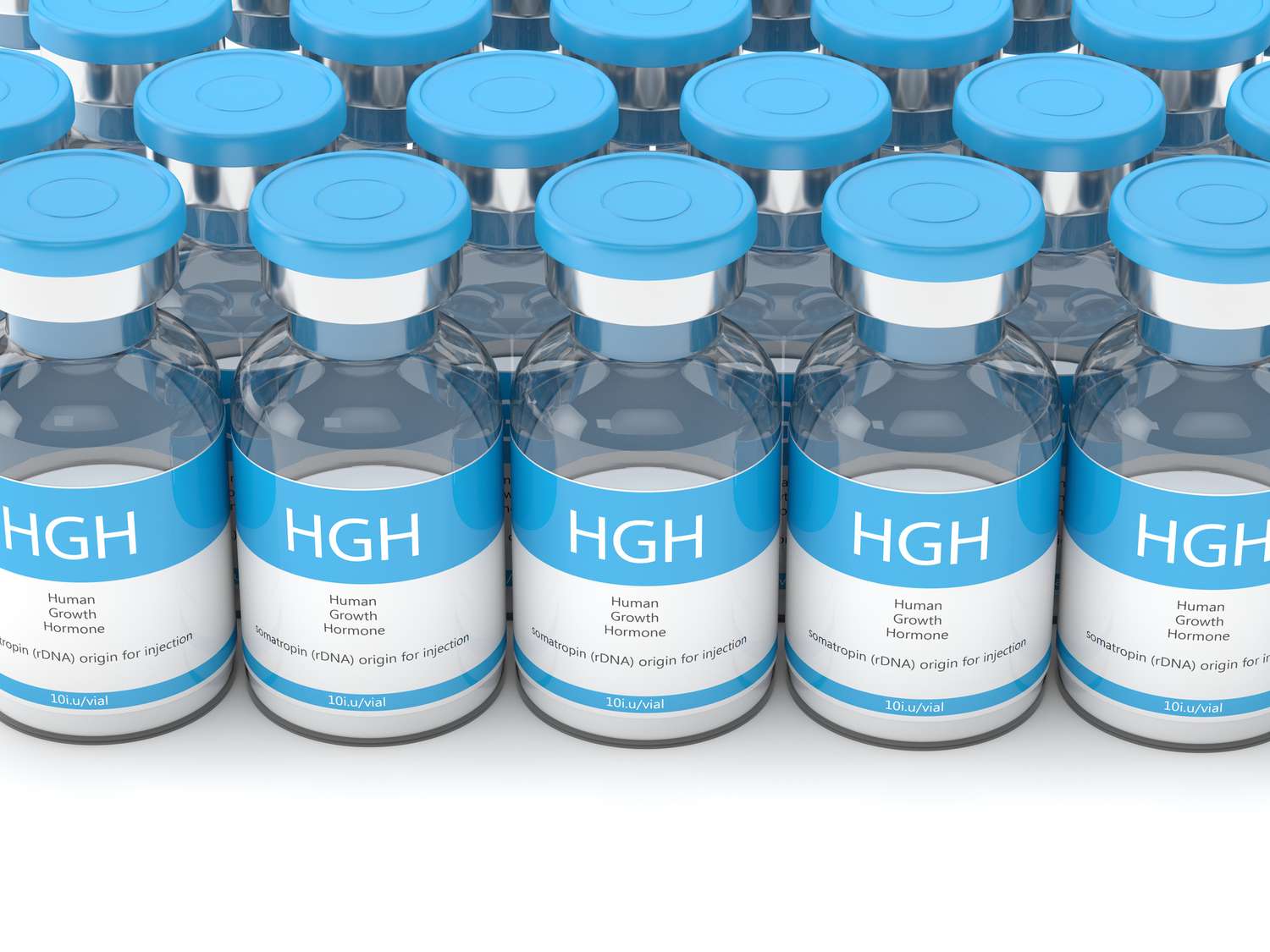Growth Delay Constitutional: Symptoms, Causes, Treatment
What are the symptoms of constitutional growth delay?
Constitutional growth delay (CGD) is a term used to describe a temporary delay in growth and development in children who are otherwise healthy and developing normally. Children with CGD typically have normal birth weights and lengths and follow a growth curve that is below the normal range for their age until they reach puberty.
The key features of constitutional growth delay include:
- Delayed growth: Children with CGD are often shorter than their peers and may have a delayed growth spurt compared to the average child. However, their growth rate eventually catches up, and they reach a normal adult height within the familial range.
- Normal growth patterns: Despite being shorter than their peers, children with CGD typically have normal growth patterns, including proportional body segments and normal growth hormone levels.
- Delayed puberty: Children with CGD may experience a delay in the onset of puberty, which can contribute to their shorter stature compared to their peers during childhood.
- Bone age delay: X-rays of the hand and wrist (bone age) in children with CGD typically show a delay compared to their chronological age. This delay is consistent with their delayed growth and development.
- Normal physical health: Children with CGD are typically healthy and do not have any underlying medical conditions that contribute to their delayed growth and development.
It’s important to note that constitutional growth delay is a variation of normal growth and development and does not require treatment. Children with CGD usually catch up to their peers in terms of height and development by late adolescence or early adulthood. However, it’s important for children with CGD to have regular check-ups with a healthcare provider to monitor their growth and development over time.
What are the causes of constitutional growth delay?
Constitutional growth delay (CGD) is considered a variation of normal growth and development and is not caused by any underlying medical condition. Instead, CGD is believed to result from a temporary delay in the maturation of the skeletal system and the timing of puberty. The exact cause of CGD is not well understood, but several factors may contribute to its development:
- Genetics: There is evidence to suggest that genetic factors play a role in CGD. Children with CGD often have a family history of late bloomers or individuals who experienced a similar pattern of delayed growth and development.
- Hormonal factors: Hormones play a crucial role in growth and development. Children with CGD may have a delay in the maturation of the hypothalamic-pituitary-gonadal (HPG) axis, which regulates the production of sex hormones that are responsible for the onset of puberty.
- Nutritional factors: Adequate nutrition is essential for normal growth and development. Factors such as poor nutrition or chronic illness during childhood can contribute to delayed growth and development.
- Psychosocial factors: Psychosocial factors, such as stress or emotional factors, may also play a role in CGD. Stress can affect the release of hormones that regulate growth and development.
It’s important to note that CGD is a variation of normal growth and development and does not require treatment. Children with CGD usually catch up to their peers in terms of height and development by late adolescence or early adulthood. However, it’s important for children with CGD to have regular check-ups with a healthcare provider to monitor their growth and development over time.
What is the treatment for constitutional growth delay?
Constitutional growth delay (CGD) is a variation of normal growth and development and does not typically require treatment. Children with CGD usually catch up to their peers in terms of height and development by late adolescence or early adulthood without any intervention. However, there are certain measures that can be taken to support the healthy growth and development of children with CGD:
- Monitoring growth: Children with CGD should have regular check-ups with a healthcare provider to monitor their growth and development over time. This can help ensure that they are growing at an appropriate rate and are on track to reach a normal adult height.
- Nutrition: A healthy, balanced diet is important for supporting growth and development in children with CGD. Ensuring that children with CGD are getting adequate nutrition can help support healthy growth.
- Bone health: Children with CGD may benefit from measures to support bone health, such as ensuring an adequate intake of calcium and vitamin D and participating in weight-bearing exercise.
- Psychosocial support: Children with CGD may benefit from psychosocial support to help them cope with any feelings of being different from their peers or concerns about their growth and development.
In some cases, healthcare providers may recommend treatment with growth hormone therapy for children with CGD who are significantly shorter than their peers and are not expected to reach a normal adult height without intervention. Growth hormone therapy can help stimulate growth and may be considered in certain cases after careful evaluation by a healthcare provider.




